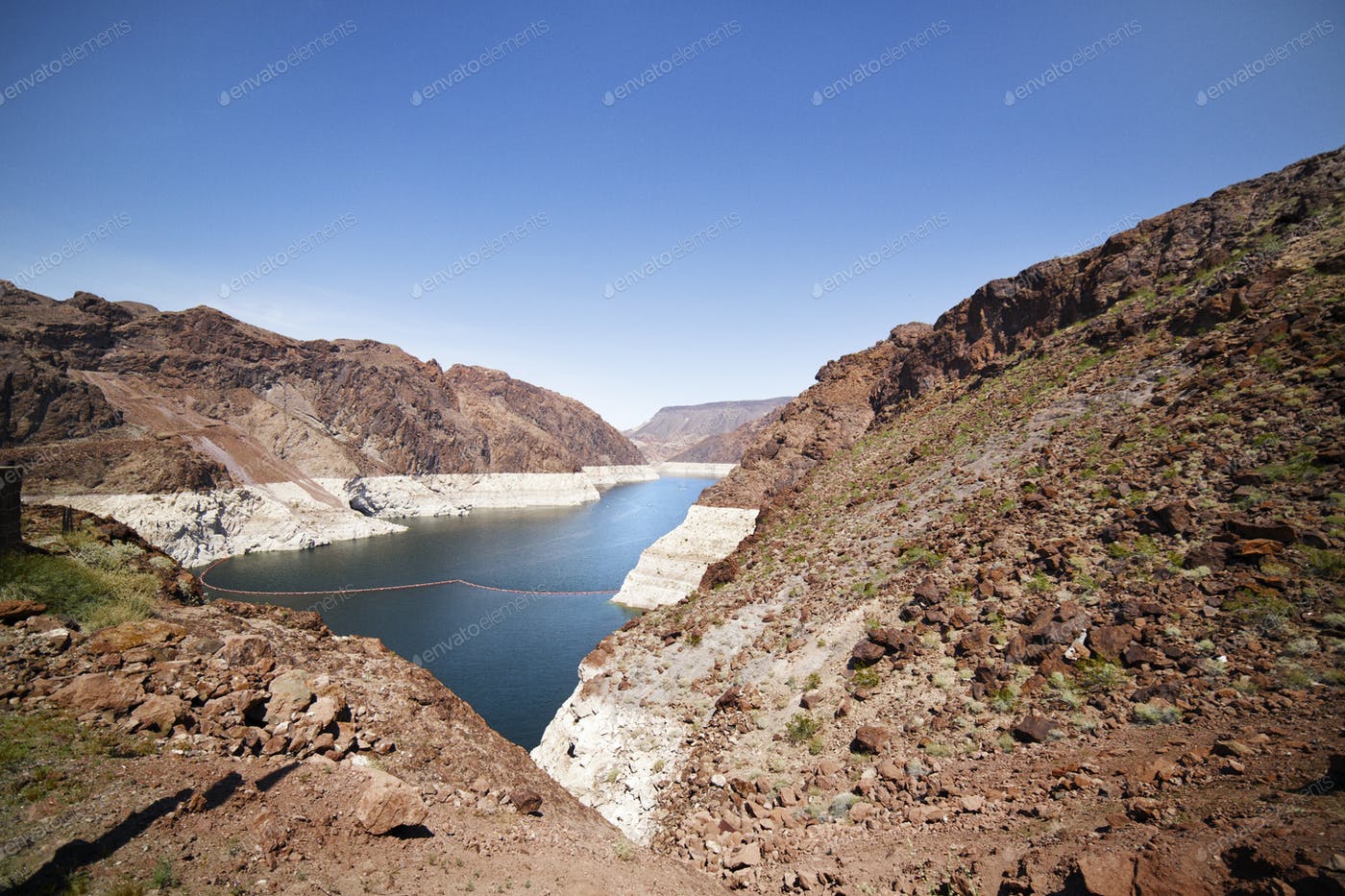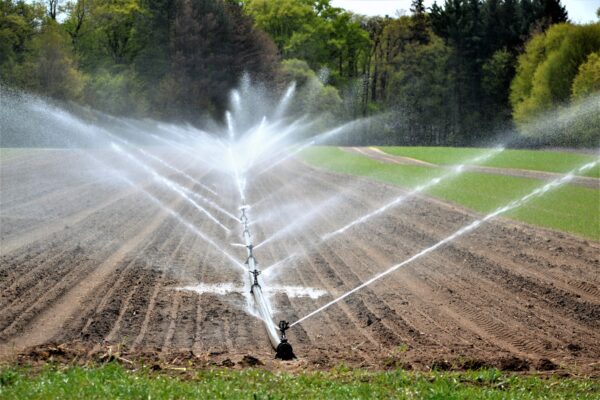Lake Mead
Opinion: Few major users are publicly modeling for what would happen if they received little to no Colorado River water, especially over time. That’s a mistake.
Bu Joanna Allhands | Arizona Republic
You’d think that, given how dangerously low Lake Mead is getting, we’d have a good idea of what life might look like without that water.
Yet almost no one is modeling for a future without Colorado River water – or even a future in which we are asked to live on markedly less of it.
Ironically, the deeper the lake plunges, the more reluctant water managers seem to be about fleshing out the worst-case scenario.
That’s a mistake.
Reclamation is focused on the near term
There is virtually no chance that Lake Mead or the upstream Lake Powell that feeds it could hit “dead pool” – the point where water levels are so low that none flows downstream – in the federal Bureau of Reclamation’s most recent five-year forecast.
But the forecast also suggests that both lakes could hit what’s called “minimum power pool” – the point at which all hydropower generation stops – by 2026.
We’ve taken unprecedented, emergency actions to keep the power on at Lake Powell, because if we don’t, the alternative means taking the risky step of flowing a ton of water through smaller pipes that weren’t designed to handle it, particularly for an extended period.
But those actions are just a temporary prop.
We are still facing a nearly 1 in 4 chance of Lake Powell returning to “minimum power pool” by 2024 – a risk that remains steady through 2026, the latest year for which Reclamation has forecast.












